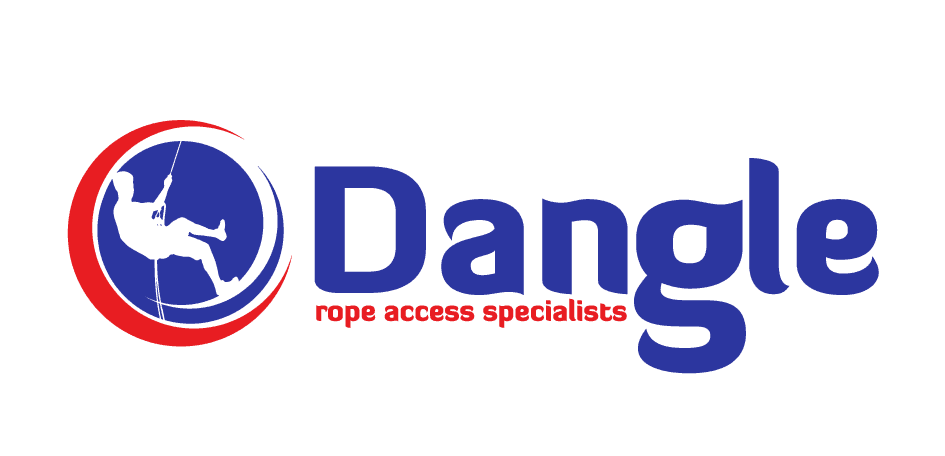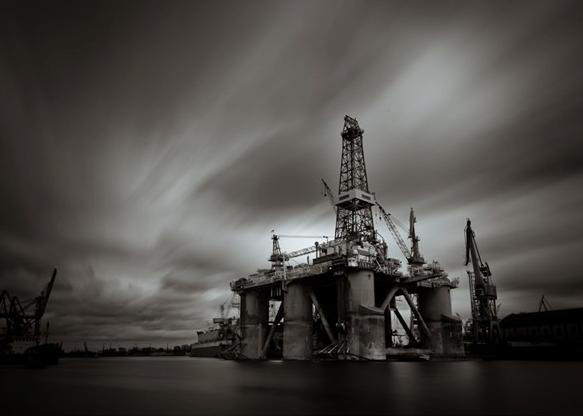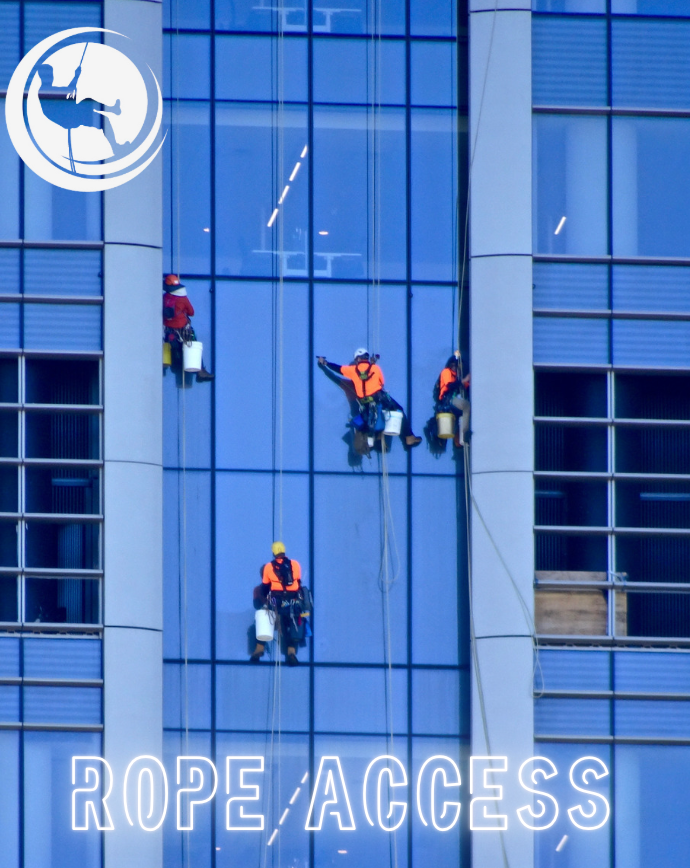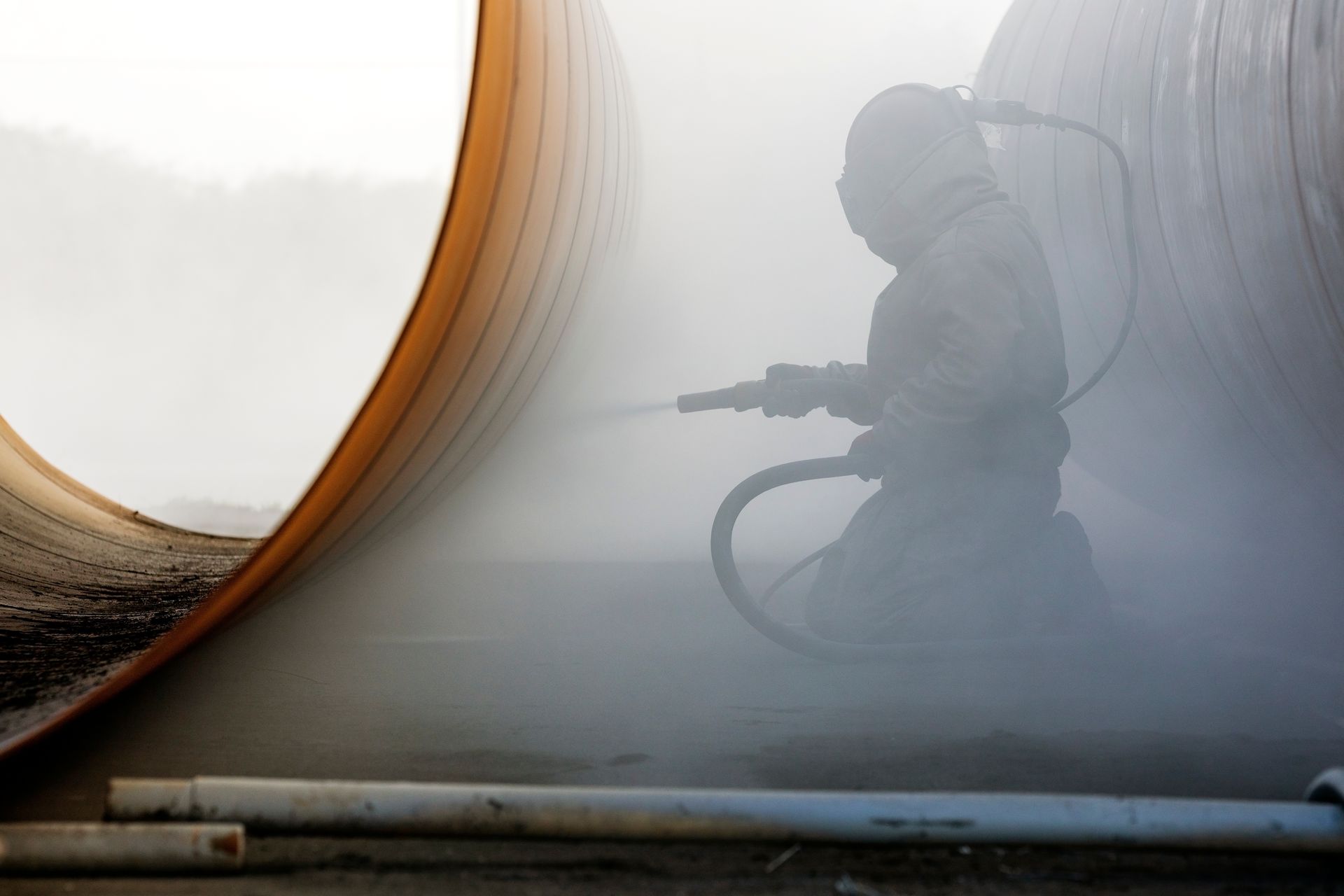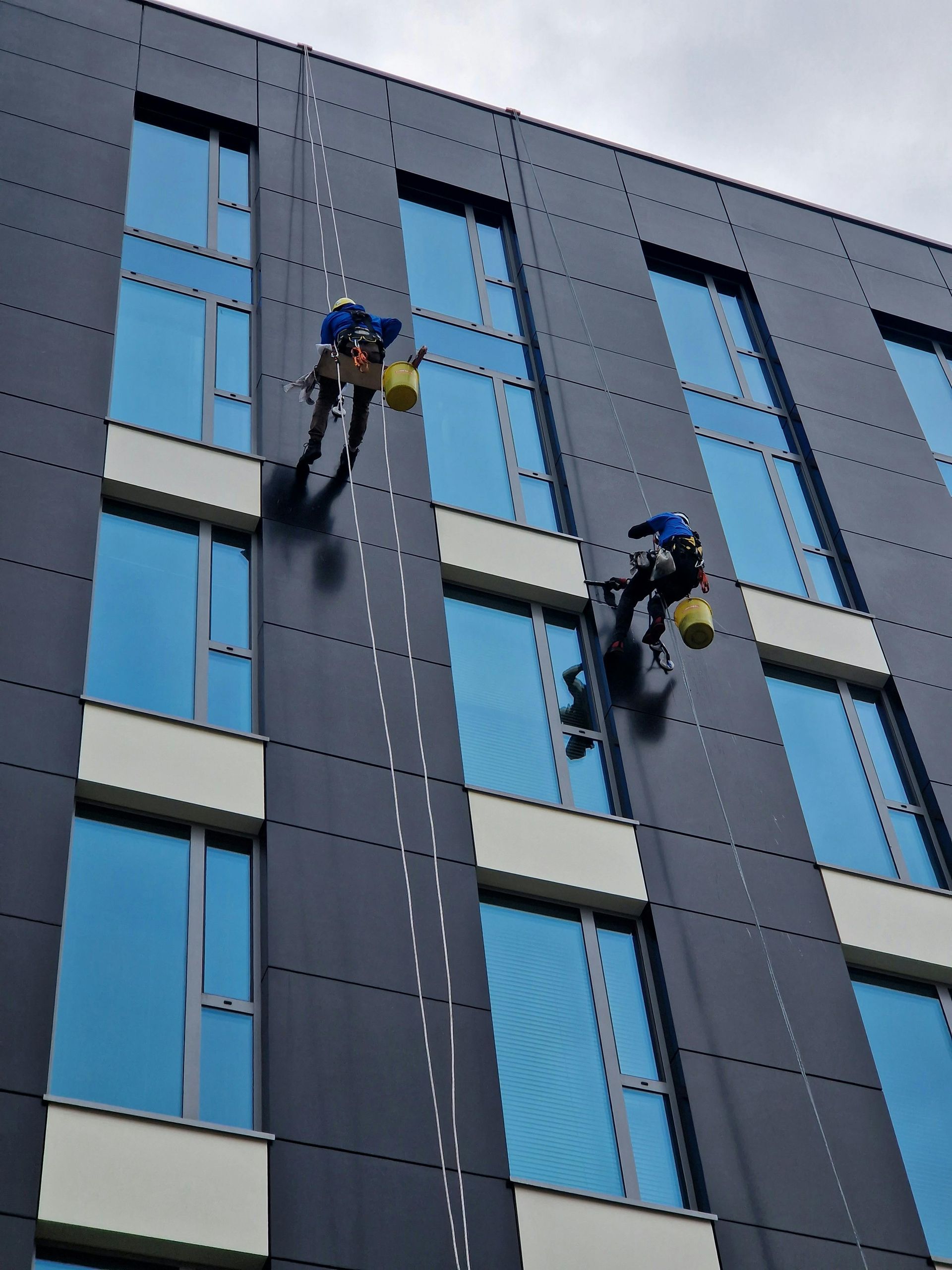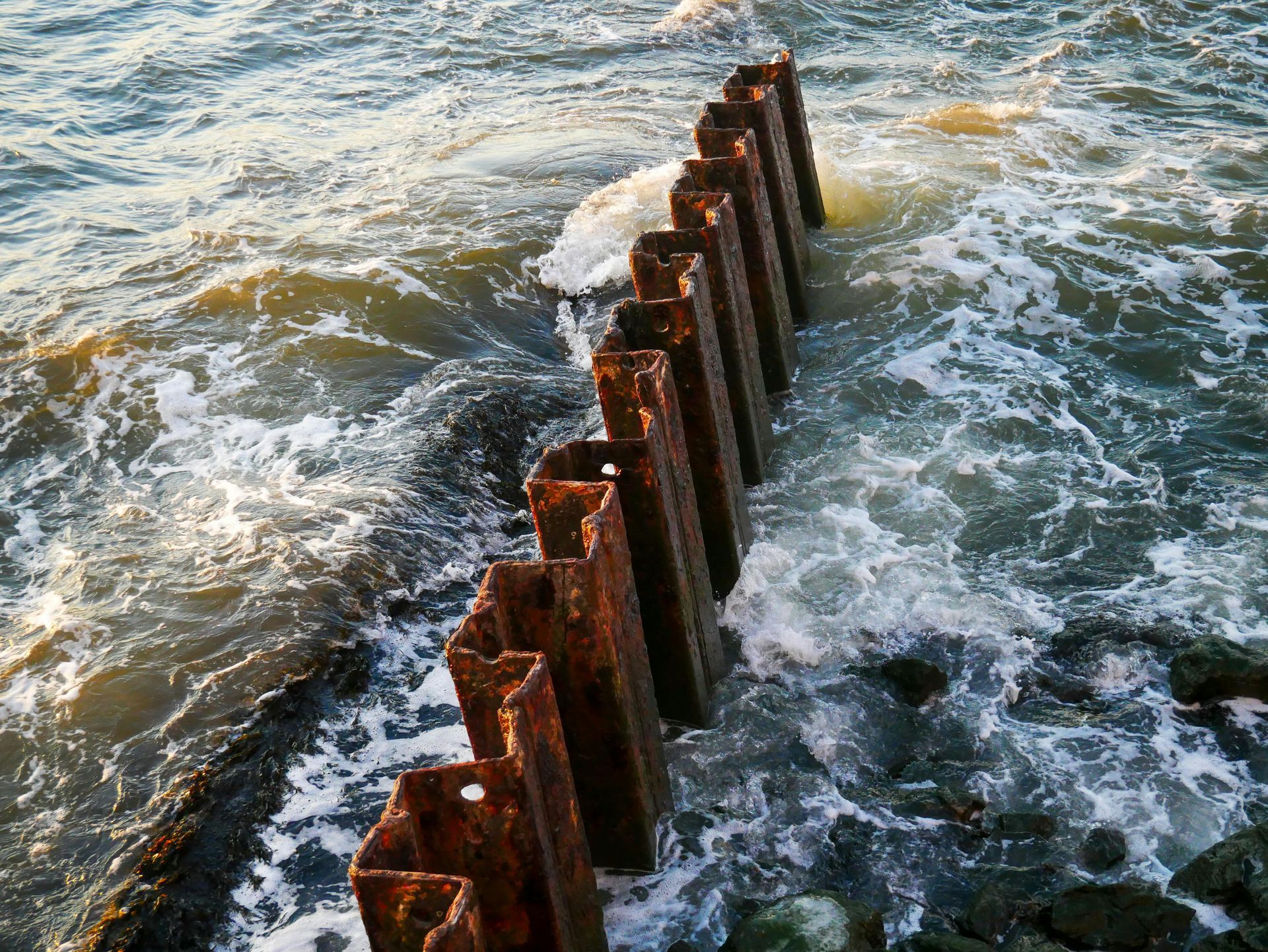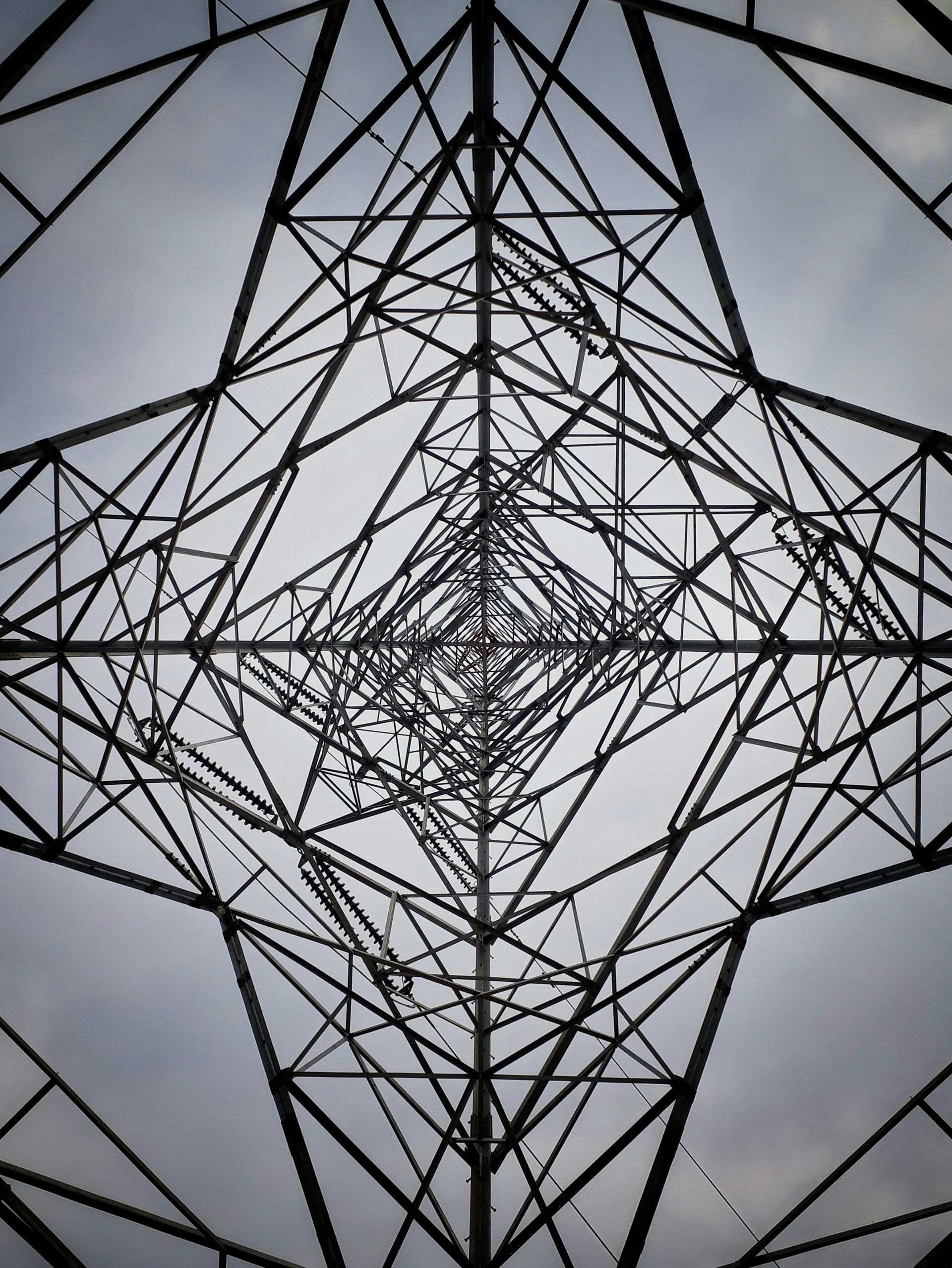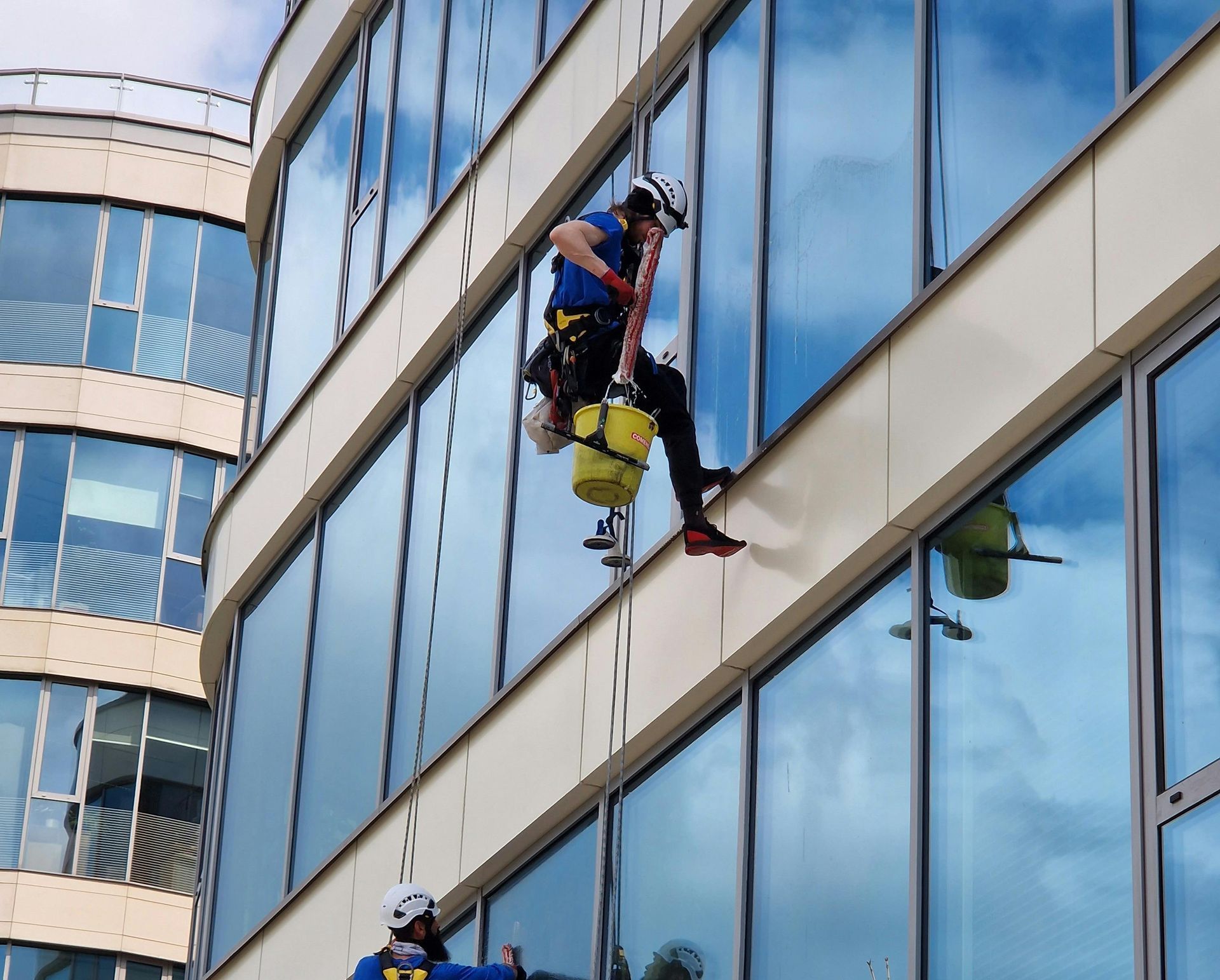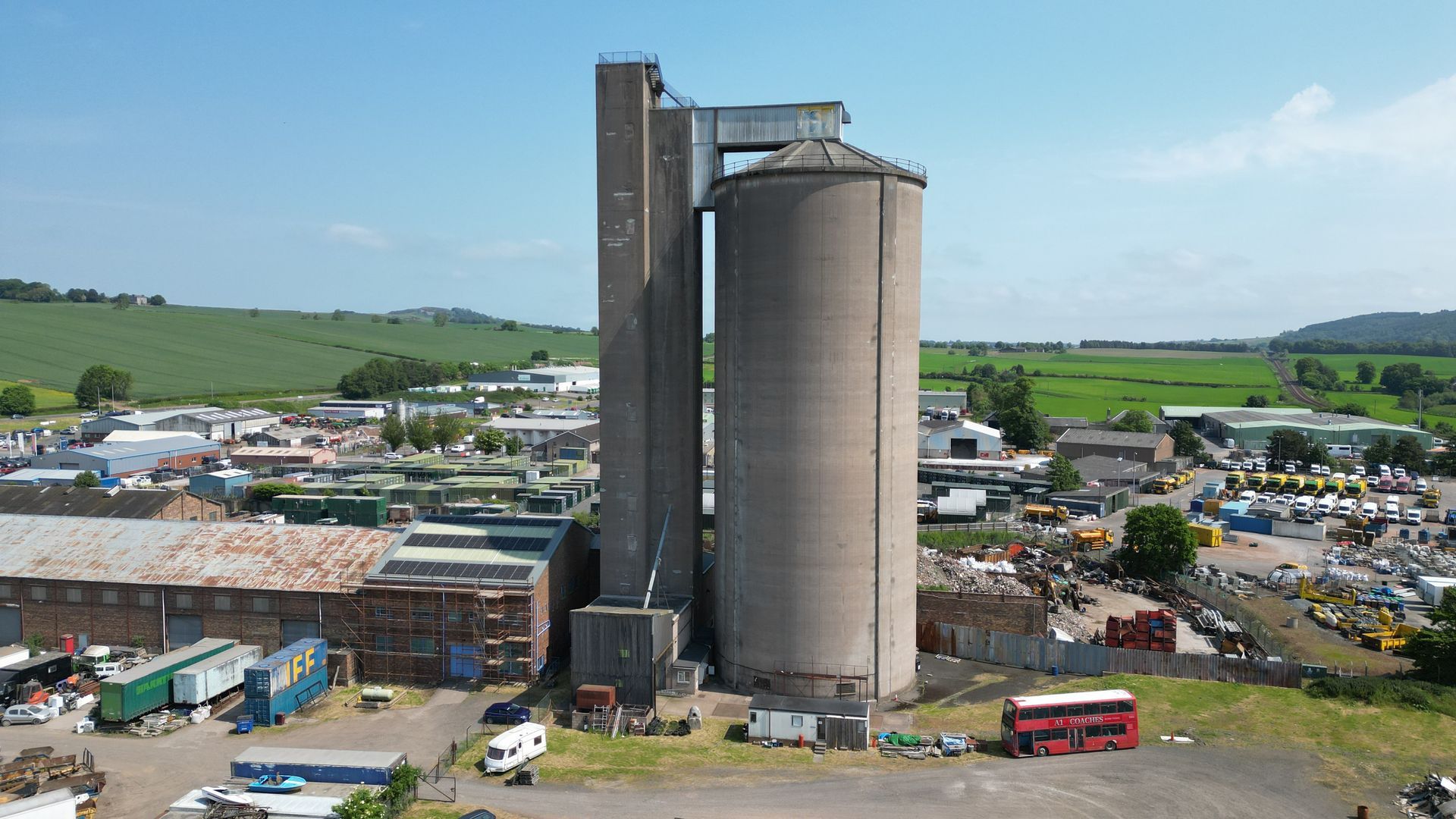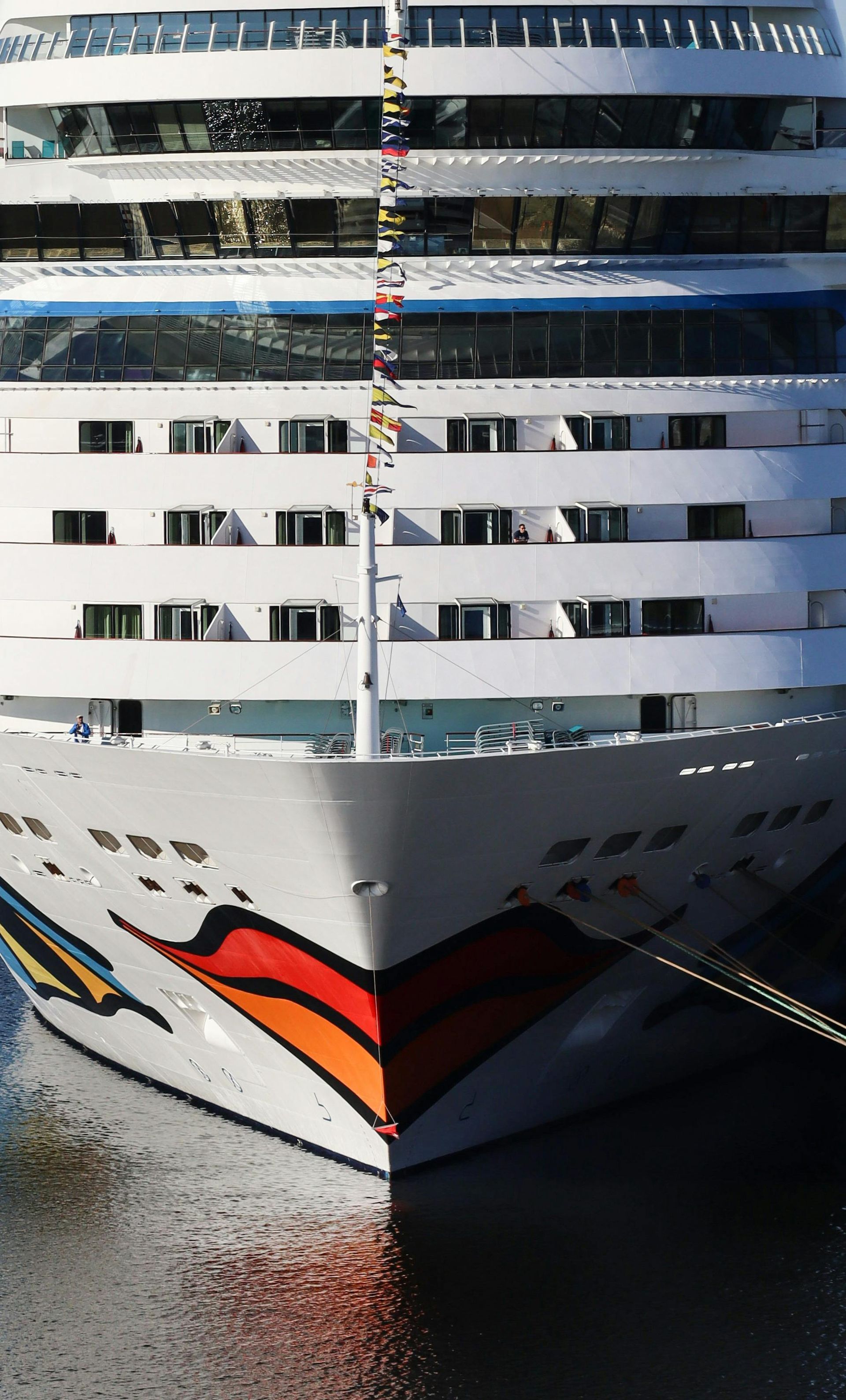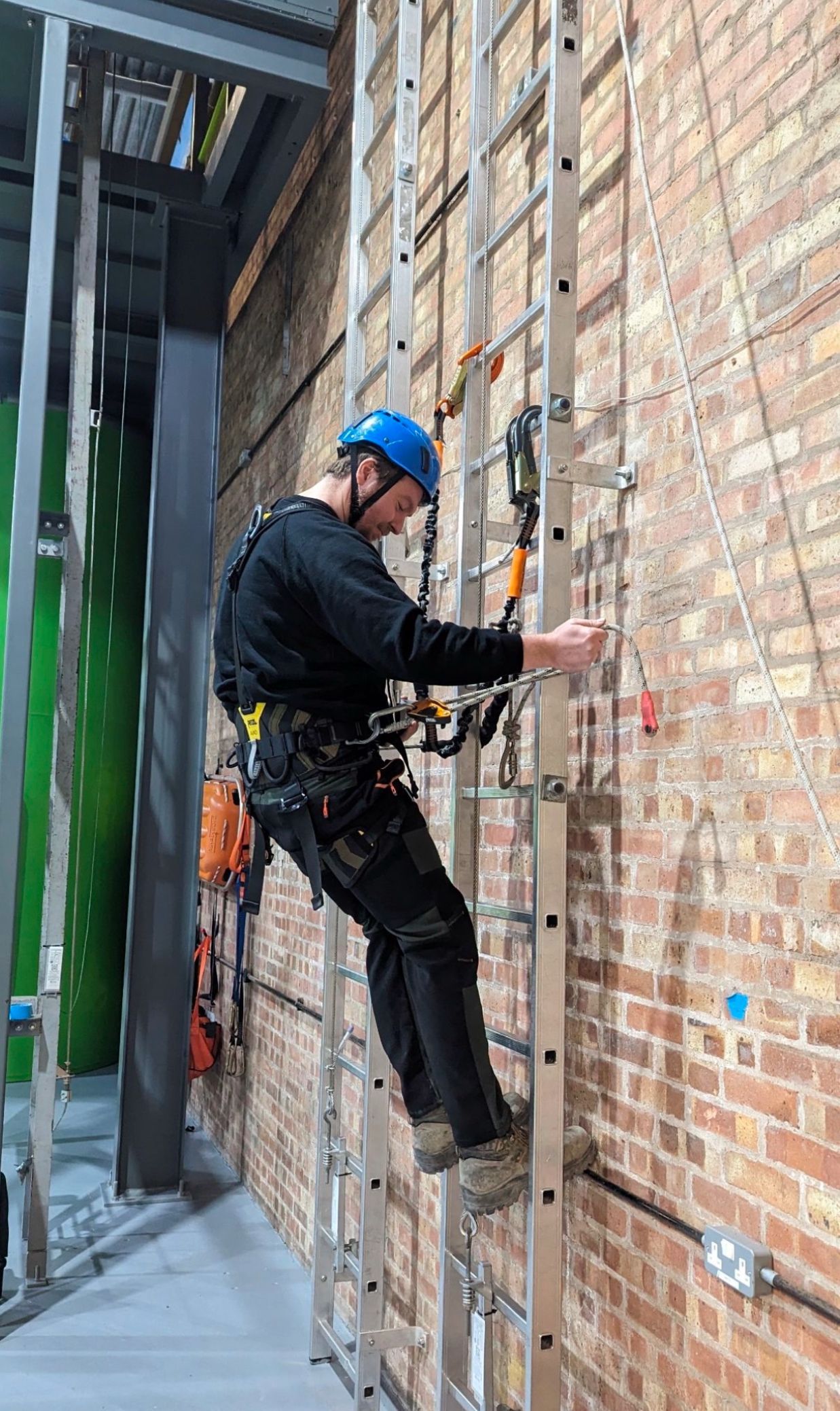The Basics of Corrosion & How to Beat It
Understanding Corrosion: Essential Insights for Asset Owners
Corrosion is defined as the process of wearing away or gradually destroying a material, particularly metals, from the surface inward. This gradual deterioration occurs due to chemical reactions with environmental factors, such as moisture, oxygen, and various chemicals. Over time, these reactions can lead to significant deterioration, impacting the structural integrity and appearance of the affected materials.
Something a bit lighthearted before we look at corrosion basics.
"Rust is a Must"
Mighty ships upon the ocean
Suffer from severe corrosion,
Even those that stay dockside
Are rapidly becoming oxide.
Alas, that piling in the sea
Is mostly Fe2O3.
And where the ocean meets the shore,
You'll find there's Fe3O4.
'Cause when the wind is salt and gusty,
Things are getting awful rusty.
We can measure, we can test it,
We can halt it or arrest it.
We can gather it and weigh it,
We can coat it, we can spray it.
We examine and dissect it,
We cathodically protect it
We can pick it up and drop it.
But heaven knows we'll never stop it!
So here's to rust, no doubt about it,
Most of us would starve without it.
written by T.R.B. WATSON (DECEASED)
Unlocking the Secrets of Corrosion: How to Stop it for Good
So we all understand that corrosion can be found all around us. You never have to look far for rusty steel. In the UK it's estimated that the industry is worth upwards of £80 billion per annum. Rust can form at various levels due to location and protection from the environment i.e. paint. The closer the marine environment is, the more likely it is that rust or corrosion will form due to the salt-laden environment.
Corrosion occurs at anodic sites. Therefore, if we made steel cathodic, we could stop corrosion altogether. It is however unusual to find them uniform as various factors such as contaminants will cause different types of corrosion rates even on a single piece of metal.
The corrosion process is a complex one, and can be accelerated in general by increased humidity, higher temperatures and higher rates of pollution. It’s clear therefore that more corrosion is present near chemical plants and marine environments and why industrial painting requires a professional coating contractor who understands the industry.
Chemical Formula of Rust
Corrosion is an electrochemical process that occurs in stages, primarily on the surface: For rust to form the reaction requires Steel, Oxygen and Water, with the removal of water or oxygen, it will result in the elimination of rust as shown in this mathematical equation (4Fe+3O2+2H20= 2Fe03H20 )
Ferrous ions (Fe++) go into solution at anodic sites. Electrons (e-) are released from the anodic sites and pass through the metal to the cathodic sites.
If oxygen and water are combined, it forms hydroxyl ions. Ferrous and hydroxyl ions react to form ferrous hydroxide. Ferrous hydroxyl further oxidises to produce a hydrated ferric oxide or commonly called red rust.
Unveiling the Mysterious Rules of Corrosion's Energetic World
Corrosion has some general rules, like most things consisting of energy.
- Rule 1 – Moist air is more corrosive than dry air (relative humidity).
- Rule 2 – Corrosion rates increase with temperature
- Rule 3 – Polluted air is more corrosive than clean air
- Rule 4 – Saltwater is more corrosive than fresh water
- Rule 5 – Corrosion does not occur in a vacuum
Pitting Corrosion
As previously mentioned, it is important to note that not all steel surfaces will result in uniform corrosion. Corrosion, a natural process that occurs over time, can take on various forms and manifestations, including but certainly not limited to, pitting. Pitting corrosion can be particularly detrimental, as it can lead to the formation of small holes or depressions in the steel surface. In more severe cases, this pitting can even result in perforation, creating pathways for leakage of a wide range of products, some of which may be potentially harmful or hazardous. It is therefore crucial to monitor and address any signs of pitting corrosion in steel structures or equipment to prevent the occurrence of leaks and mitigate any potential risks.
Why Does Rust Occur?
Corrosion can form in many ways depending on the storage and usage of the steel, the location, as well as the environment in which it is placed. Corrosion of an anode can be demonstrated over time using current flow between the anodic and cathodic sites when an electrolyte is introduced. The electrolyte can be water or soil. Resistivity will change between the different types of medium, dry soil for example will have a different resistivity from damp soil and sea water will have a different resistivity from fresh water.
Corrosion control is therefore more prudent in areas where corrosion is more aggressive, such as marine and offshore environments. High performance coating systems are often used here to ensure asset longevity.
Electrolytes and their Relationship with Conductivity and Coatings
Electrolytes are normally associated with a solution, which is in contact with the metal. Different electrolytes have different levels of conductivity. A example of an electrolyte is the sea water around an offshore platform, semi-sub or jack-up. This electrolyte is more conductive than other electrolytes as it contains chlorides. The level of chlorides also varies between various waters around the world, with some seas having very high concentrations of chloride salts and therefore very corrosive environments.
As we now know, chlorides can accelerate corrosion and should therefore be removed from the surface by fresh water washing. In certain environments, you may even need to wash between paint coats during painting programs. This is to ensure there will be no trapped salts which will inevitably lead to premature film breakdown.
In addition to chlorides we also have sulphates which are a bi-product of fossil fuel burning, such as coal or oil producing sulphur dioxide. Sulphur dioxide combines with water in the atmosphere to form sulphurous and sulphuric acids. These acids also increase corrosion rates and are found in many industrial locations around the world where sulphates are high.
Why Does Rust Come Through Paint?
To understand why rust comes through paint we first need to consider the driving force that causes metals to corrode is actually a natural consequence of their temporary existence in metallic form. To reach this metallic state it is necessary for them to absorb energy as different materials absorb energy at different rates. As a rule of thumb, the more energy absorption, the increased steel's reactivity.
Magnesium and potassium, for example are very reactive and therefore top the galvanic series. The galvanic series is a table used to demonstrate metal reactivity.
What Happens When Two Metals Are Combined?
When two metals are in contact with one another, which is often the case in the offshore environment, the more reactive metal will corrode in preference to the less reactive metal. Aluminium will therefore corrode in preference to iron when the two are connected and iron in preference to copper etc.
The galvanic series is significant when considering the design stage of offshore assets and industrial plants taking into account different materials in the construction phase.
Aluminium and zinc anodes are one galvanic corrosion protection method. Anodes are attached to steel surfaces on buried or immersed surfaces such as oil rig legs, jackets, mono piles and pipelines. The more reactive metals (aluminium and zinc) will corrode in preference to the underlying substrate.
Anodes are available in various shapes and sizes to suit the application, structure and location. One golden rule with anodes is never paint them!
What is a Dissimilar Metal?
Often coating inspectors get confused when mixing two dissimilar metals, as it is very critical to get the correct ratio of metals correct. In the case of steel as anode, it must also have the largest relative area when introducing a copper cathode, for example. If this were reversed, then the small area of the steel against the relatively large area of the copper would accelerate the corrosion process rapidly. This would result in severe corrosion due to bi-metallic size ratio differentials.
Coatings applied to cleaned steel act as a physical barrier and reduce atmospheric attack, moisture and penetration. This is known as permeability and all coatings are permeable at differing rates.
Anti-corrosive layers such as zinc primers act sacrificially and will corrode in preference to the steel substrate its designed to protect. High-build coatings will slow down the passage of moisture and general contaminants. Having a specified and correctly applied coating system has a tremendous track record in combating corrosion. So, it is therefore imperative to ensure the coating specification is correctly written and professionally applied. Using a company like Dangle will ensure your asset is protected for the maximum amount of time.
About Dangle Rope Access
Here at Dangle, we provide a variety of comprehensive inspection, access, coatings, and composite (IACC) industrial services. Our services are available to both the private and public sectors.
We offer high-quality proven solutions that will help reduce maintenance costs in both the long and short-term. We are based in Dundee, Scotland and also have offices based in Edinburgh, along with our newly established training centre in Northern Ireland Dangle Academy. Due to our company size and structure, we are able to offer a flexible and versatile approach to the way we run our business and the services that we offer our clients. And, as a leading painting company, we’ve worked on several renewable energy projects in the UK, Europe, and the US.
We work with both on and offshore with wind farm operators, and asset owners. For offshore wind farm maintenance, to onshore building maintenance, we can cover both the East and West coasts.
To find out more about how our team can help you contact us today. Our friendly, professional and helpful team is always on hand to help.
